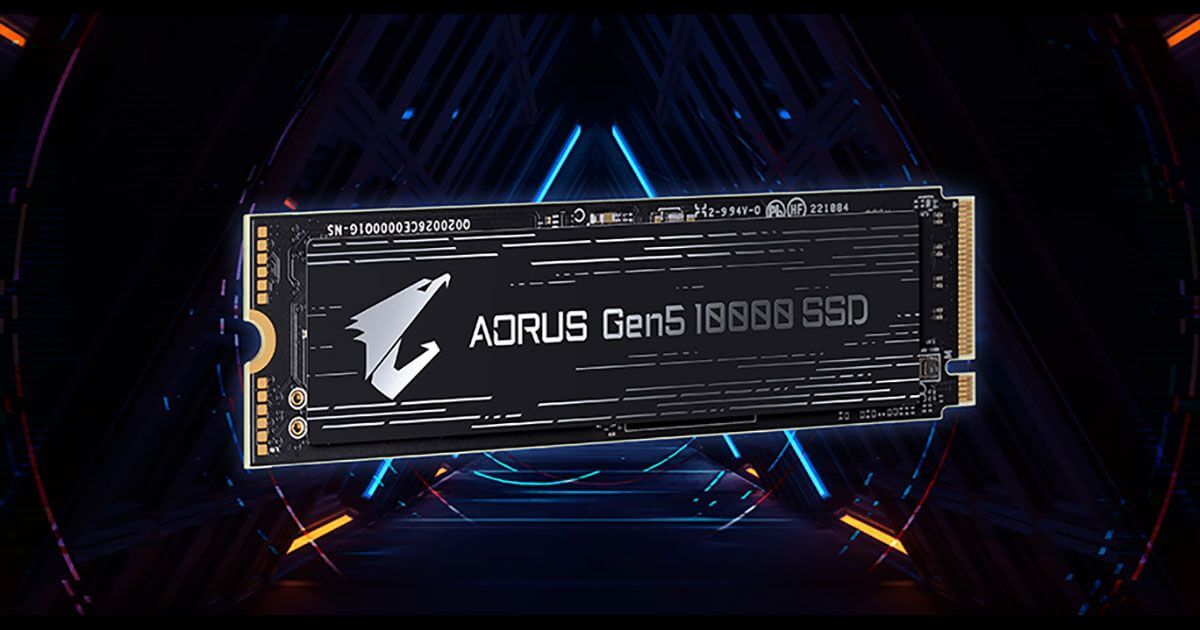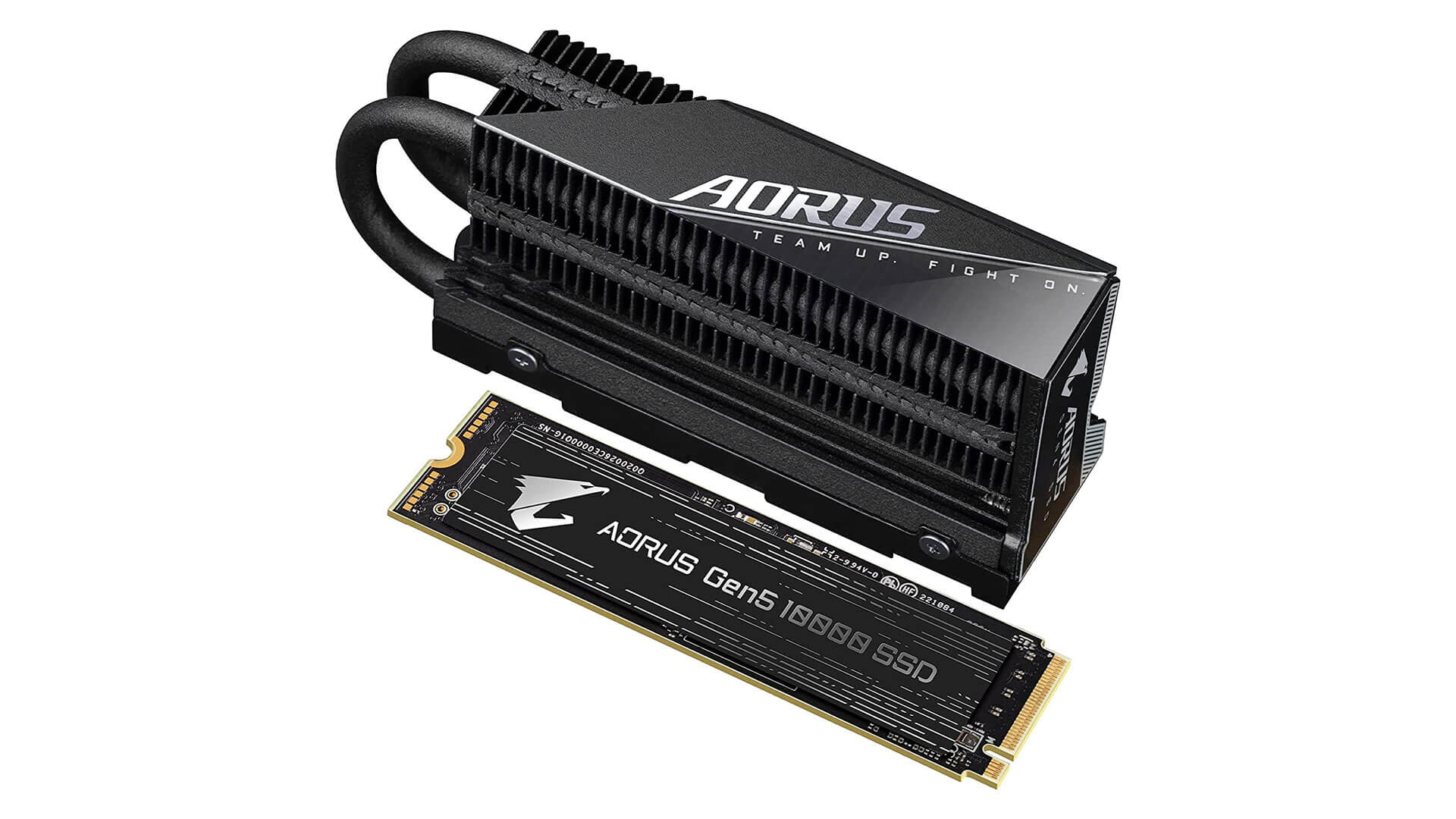PCIe 5.0 M.2 SSDs are the latest generation of solid-state drives that provide lightning-fast read and write speeds for high-performance computing. They are built on the latest PCIe 5.0 interface, which offers twice the bandwidth of PCIe 4.0 and four times that of PCIe 3.0. This article will discuss the benefits and drawbacks of PCIe 5.0 M.2 SSDs and explore the features that make them an excellent choice for users seeking high-speed storage solutions.
First, let’s understand what an M.2 SSD is and how it differs from traditional 2.5-inch SATA SSDs. M.2 is a small form factor for SSDs that is designed to fit into the M.2 slot on a motherboard. These SSDs come in different lengths and widths, and they can have different connection interfaces. M.2 SSDs are faster and more power-efficient than traditional SATA SSDs and are a popular choice for high-performance computing.
PCIe 5.0 is the latest version of the Peripheral Component Interconnect Express (PCIe) interface that provides a high-speed data transfer between the motherboard and the SSD. PCIe 5.0 has a maximum bandwidth of 32GB/s, which is twice that of PCIe 4.0 and four times that of PCIe 3.0. This increased bandwidth enables PCIe 5.0 M.2 SSDs to offer read and write speeds that were previously unattainable.
The benefits of PCIe 5.0 M.2 SSDs are numerous. They offer faster boot times, faster application loading times, and faster file transfers. For gamers, PCIe 5.0 M.2 SSDs offer faster loading times for games, which can give them an edge in online multiplayer games where every second counts. For professionals who work with large files, such as video editors and graphic designers, PCIe 5.0 M.2 SSDs can significantly reduce the time it takes to transfer files.

Another benefit of PCIe 5.0 M.2 SSDs is their power efficiency. PCIe 5.0 M.2 SSDs consume less power than traditional SATA SSDs, which can help prolong the battery life of laptops and other mobile devices.
However, there are some drawbacks to PCIe 5.0 M.2 SSDs. The first is their cost. PCIe 5.0 M.2 SSDs are currently more expensive than traditional SATA SSDs and even PCIe 4.0 M.2 SSDs. This high cost is due to the high manufacturing costs of PCIe 5.0 M.2 SSDs and the limited availability of PCIe 5.0 motherboards.
Another drawback of PCIe 5.0 M.2 SSDs is their compatibility. PCIe 5.0 M.2 SSDs require a PCIe 5.0 motherboard to work, and these motherboards are not widely available yet. Additionally, older systems that do not support PCIe 5.0 will not be able to use PCIe 5.0 M.2 SSDs.
Despite these drawbacks, PCIe 5.0 M.2 SSDs are an excellent choice for users who demand high-speed storage solutions. Their lightning-fast read and write speeds, power efficiency, and small form factor make them an excellent choice for gamers, professionals, and anyone who needs a fast and reliable storage solution.
When choosing a PCIe 5.0 M.2 SSD, it is essential to consider the read and write speeds, capacity, and price. The read and write speeds of PCIe 5.0 M.2 SSDs can vary depending on the manufacturer and model. Higher capacity SSDs are generally more expensive, so it is essential to choose a capacity that suits your needs and budget.





